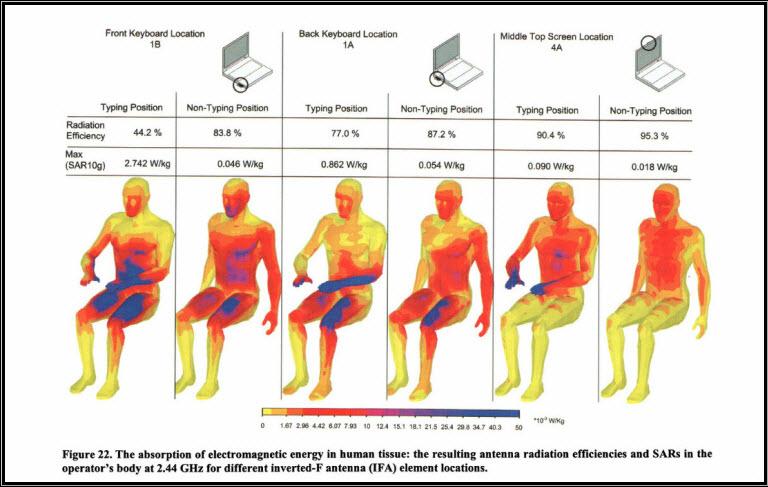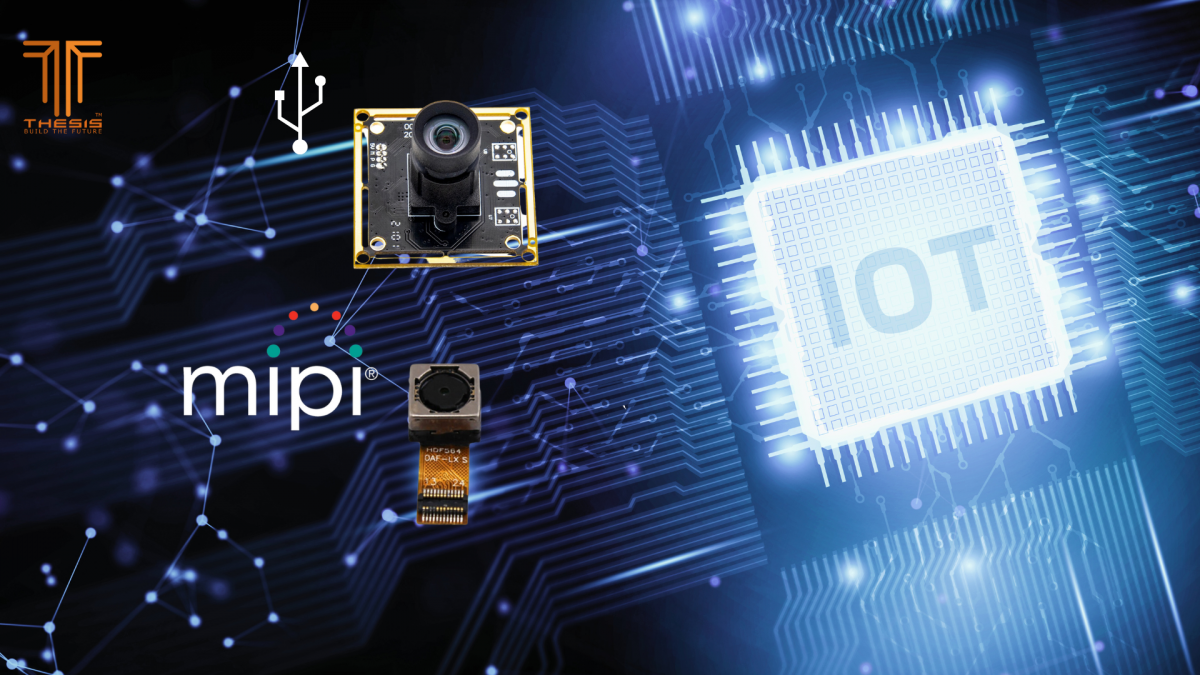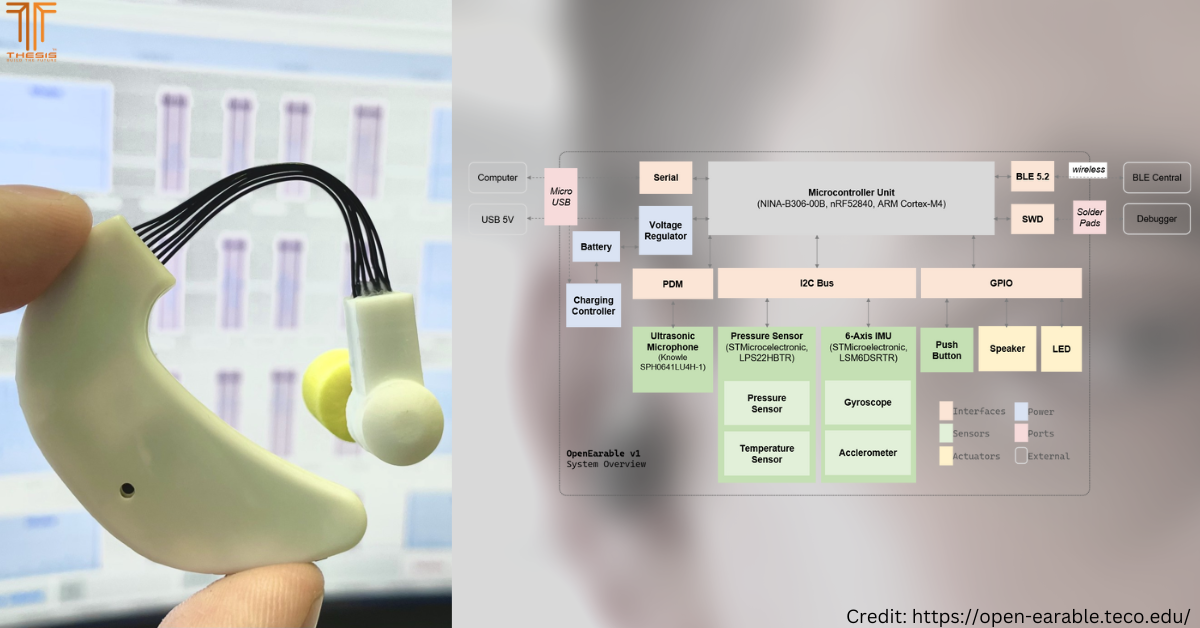
There is increasing public concern that adverse health effects may arise from exposure to radiofrequency (RF) sources, particularly due to the increasing use of mobile and wearable devices with growing radio-communication capabilities such as GSM, Wi-Fi, and Bluetooth. This is particularly true with wearables, which are usually worn on the body and sometimes in direct contact with the. The primary concern is that the RF electromagnetic fields can be absorbed by tissues of the human body and could potentially lead to carcinogenic or adverse health effects [1].
Since then, dozens of studies have been done to investigate the possible adverse effects of radio-communication devices near the human body with various review articles published. Specific absorption rate (SAR) is a measure of energy absorption by the body from the source being measured when exposed to a transmitting source [2, 3], which is defined as the power absorbed per mass of tissue. It has units of watts per kilogram (W/kg) and the value is averaged either over the whole body or overstated volume or mass (typically 10g of tissue). SAR provides a straightforward means for measuring the RF exposure characteristics of devices, which in most studies are usually mobile phones, due to the increasing prevalence of mobile smartphones.

Studies in 1998 hypothesize possible effects when the transmitter is in close proximity to the head (brain) [4]. However new studies done with Bluetooth transmission at 2.45Ghz with a 100mW normalized radiation power showed SAR values averaging at 0.4W/Kg [5], and 10µW/kg over 24 hours [6] - all well below ICNIRP limits of 2W/Kg [7] and FCC limits of 1.6W/Kg [8]. The results of epidemiological studies on mobile phones or broadcasting stations are inconclusive or have no known direct ill health effects on humans [1, 4-6, 9-24].
Noting public concerns and understanding of academic studies investigating the health effects of radiating devices thus far, the Federal Communications Commission (FCC)’s 47 C.F.R. 1.1307(b), 1.1310, 2.1091, 2.1093 guidelines require that smartphones sold have a SAR level at or below 1.6W/kg taken over the volume containing a mass of 1g of tissue that is absorbing the most signal [8, 12]. The European Union’s CENELEC specifies SAR limits within the region, following IEC 62209-1 [25] standards. For mobile phones and other handheld devices, the SAR limit is 2 W/kg averaged over the 10g of tissue absorbing the most signal.
The SARs for the iPhone 6 models can be found here, whilst future mobile and wearable devices complying with the emission power and SAR value not exceeding 1.6W/Kg would be a suitable design guideline [26]. A new generation of tracking and wearable technologies are designed with SAR values of <1W/Kg and will be suitable for long-term deployment in close proximity to humans.
With the explosive growth of IoT and WSNs and as the number of radio-communication devices around us increases with the increased use of wearables and reliance on smartphones, it’s important to note that safety needs to be part of a new technology of device design considerations, and over extended periods of time, and keeping RF emissions from these communication devices within acceptable limits will enable quicker regulatory approval, is socially responsible for engineers introducing new devices into the market.
References
- Qing, X., et al. Characterization of RF transmission in human body. in Antennas and Propagation Society International Symposium (APSURSI), 2010 IEEE. 2010. IEEE.
- EN50383, C., Basic standard for the calculation and measurement of electromagnetic field strength and SAR related to human exposure from radio base stations and fixed terminal stations for wireless telecommunication systems (110 MHz–40 GHz). Technical committee, 2002. 211.
- Christ, A., et al., Characterization of the electromagnetic near-field absorption in layered biological tissue in the frequency range from 30 MHz to 6000 MHz. Physics in Medicine and Biology, 2006. 51(19): p. 4951.
- Frey, A.H., Headaches from cellular telephones: are they real and what are the implications? Environmental health perspectives, 1998. 106(3): p. 101.
- Pizarro, Y., et al. Specific absorption rate (SAR) in the head of Google glasses and Bluetooth user's. in Communications (LATINCOM), 2014 IEEE Latin-America Conference on. 2014. IEEE.
- Neubauer, G., et al., Feasibility of future epidemiological studies on possible health effects of mobile phone base stations. Bioelectromagnetics, 2007. 28(3): p. 224-230.
- Ahlbom, A., et al., Guidelines for limiting exposure to time-varying electric, magnetic, and electromagnetic fields (up to 300 GHz). Health physics, 1998. 74(4): p. 494-521.
- Fields, R.E., Evaluating compliance with FCC guidelines for human exposure to radiofrequency electromagnetic fields. 1997.
- Baan, R., et al., Carcinogenicity of radiofrequency electromagnetic fields. The lancet oncology, 2011. 12(7): p. 624-626.
- Bit-Babik, G., et al., Simulation of exposure and SAR estimation for adult and child heads exposed to radiofrequency energy from portable communication devices. Radiation research, 2005. 163(5): p. 580-590.
- Christ, A., et al., The dependence of electromagnetic far-field absorption on body tissue composition in the frequency range from 300 MHz to 6 GHz. IEEE transactions on microwave theory and techniques, 2006. 54(5): p. 2188-2195.
- Commission, F.C., Specific Absorption Rate (SAR) for Cell Phones: What It Means for You. 2014.
- Kshetrimayum, R.S., Mobile phones: Bad for your health? IEEE Potentials, 2008. 27(2).
- Repacholi, M.H., Low‐level exposure to radiofrequency electromagnetic fields: Health effects and research needs. Bioelectromagnetics, 1998. 19(1): p. 1-19.
- Dhami, A., Studies on Cell-Phone Radiation Exposure inside a Car and near a Bluetooth Device. International Journal of Environmental Research, 2015. 9(3): p. 977-980.
- See, T.S.P., et al. RF transmission in/through the human body at 915 MHz. in Antennas and Propagation Society International Symposium (APSURSI), 2010 IEEE. 2010. IEEE.
- Hietanen, M. and T. Alanko, Occupational exposure related to radiofrequency fields from Wireless communication systems. http://www.ursi.org/Proceedings/ProcGA05/pdf, 2005. 3.
- Ahlbom, A., et al., Epidemiology of health effects of radiofrequency exposure. Environmental health perspectives, 2004. 112(17): p. 1741.
- De Salles, A.A., G. Bulla, and C.E.F. Rodriguez, Electromagnetic absorption in the head of adults and children due to mobile phone operation close to the head. Electromagnetic Biology and Medicine, 2006. 25(4): p. 349-360.
- Faruque, M.R.I., M.T. Islam, and N. Misran, Analysis of SAR levels in human head tissues for four types of antennas with portable telephones. Australian Journal of Basic and Applied Sciences, 2011. 5(3): p. 96-107.
- Beard, B.B., et al., Comparisons of computed mobile phone induced SAR in the SAM phantom to that in anatomically correct models of the human head. IEEE Transactions on Electromagnetic Compatibility, 2006. 48(2): p. 397-407.
- Bernardi, P., et al., Specific absorption rate and temperature elevation in a subject exposed in the far-field of radio-frequency sources operating in the 10-900-MHz range. IEEE Transactions on Biomedical Engineering, 2003. 50(3): p. 295-304.
- Christ, A., et al., Assessing human exposure to electromagnetic fields from wireless power transmission systems. Proceedings of the IEEE, 2013. 101(6): p. 1482-1493.
- Christ, A. and N. Kuster, Differences in RF energy absorption in the heads of adults and children. Bioelectromagnetics, 2005. 26(S7).
- Comission, I.E. IEC 62209-1:2016 Measurement procedure for the assessment of specific absorption rate of human exposure to radio frequency fields from hand-held and body-mounted wireless communication devices - Part 1: Devices used next to the ear (Frequency range of 300 MHz to 6 GHz). 2016.
- Joshi, P., et al., Output Power Levels of 4G User Equipment and Implications on Realistic RF EMF Exposure Assessments. IEEE Access, 2017.



